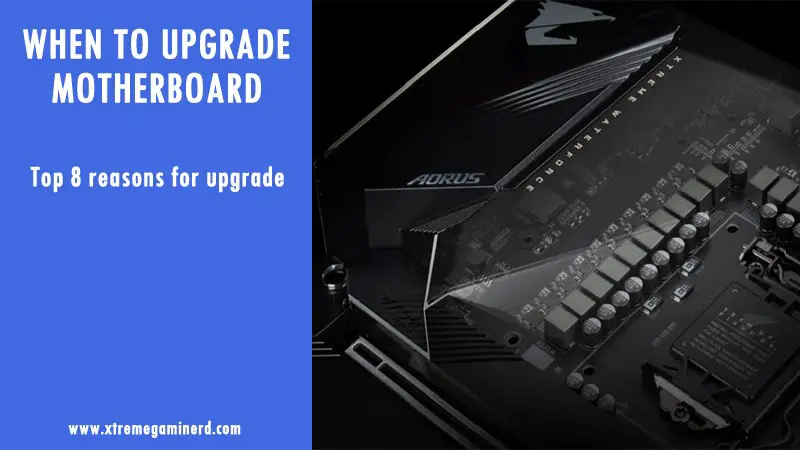
Motherboard has the least impact on performance whether it is gaming, 3D rendering, or video processing. If I am not wrong, motherboard is the 2nd most neglected component for upgrading after the power supply which easily lasts for a lot of years.
But the statement that it has the least impact on performance isn’t true in every circumstance nowadays. If you would have said this maybe 15 years ago, then it would be most accurate. Currently, without a good motherboard, there are a lot of difficulties you may face if you are a gamer or an enthusiast who is performance hungry.
I myself have used several motherboards for the past 6 years and it truly gave me the insight one needs to have about motherboards. If you want to know if you should upgrade your current motherboard, then consider the following things which are the most reasonable factors which clearly say, “now is the time to get a new motherboard”.
When you need a better or a new-gen processor
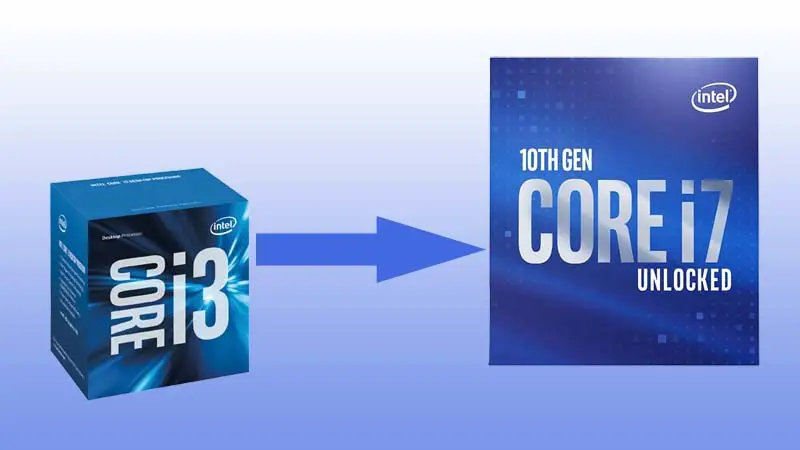
If you have a dual-core or a quad-core CPU and if it isn’t helping you to get your tasks done faster or better, then you may have to upgrade to a better CPU but this may come at a cost. While there are series of CPUs that can be fit on the same socket, if you own a very old gen CPU, then you may have to upgrade to a much newer gen CPU to gain some significant performance.
Most likely, you will have to change your motherboard also. We have dozens of different sockets across Intel and AMD motherboards from this decade. Intel has LGA 1155, 1150, 1151, 1151-V2, 2011, 1200(current), etc. for different gen Intel core processors. If you want to upgrade from a 3rd gen Intel processor to a 6th gen, or a from a 7th gen to 9th gen, then you will have to change your motherboard as well.
From AMD we commonly have FM2, AM3, TR4, and AM4 sockets. AM4 socket has different chipsets and though the socket is the same, a particular AMD processor made for AM4 socket may not work on a chipset that is very new. Example:- Ryzen 3200G and Ryzen 3400G don’t work on B550 chipset which has an AMD AM4 socket.
Related- What are Motherboard Standoffs?
When you need more RAM
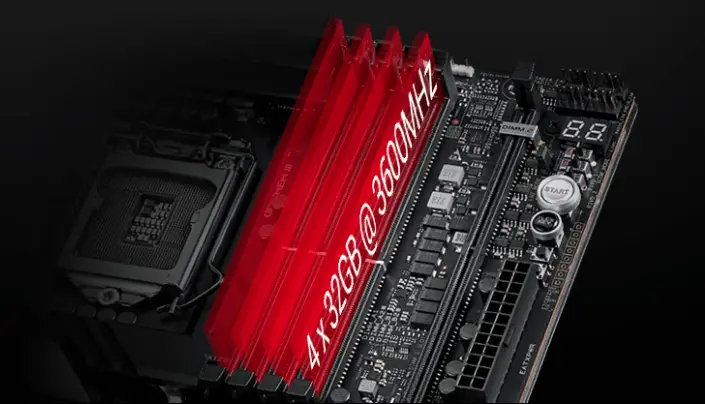
Generally most of the motherboards today support at least 32GB RAM, but if you own a very old motherboard or if you need more RAM than that, then you will have to change your motherboard too. Mini-ITX boards have only 2x DIMM slots, while a Micro-ATX can have 2 or 4. If you are a professional content creator, then you may need more than 32GB of RAM and if you own a board with only 2x DIMM slots, then you will definitely have to buy a newer board although this is a rare case that a motherboard isn’t able to provide enough memory size support.
When you need better GPU compatibility
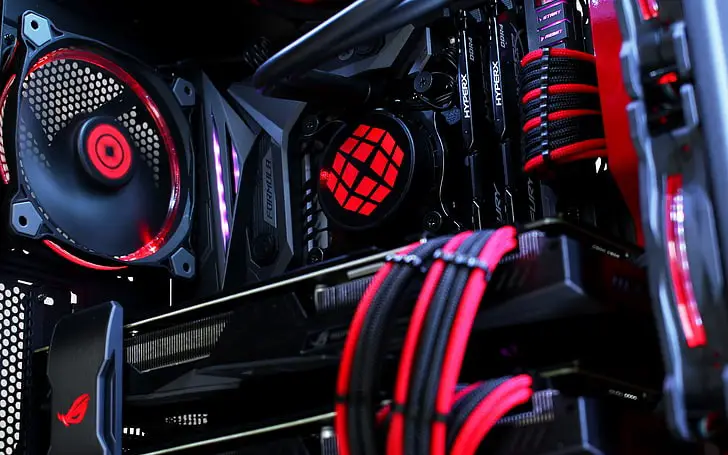
Older motherboards back in the 2000s had AGP slots for installing graphics cards. Now, PCI-E x16 slots have replaced them. If you own a 15-year-old PC and are going to upgrade your system, then not only you have to upgrade your RAM or CPU, you will also have to get a motherboard with at least a PCI-E x16 Gen 2 slot for current graphics cards.
While almost every GPU will be supported on a PCI-E Gen 2 slot, we have Gen 4 slots here in 2020, and graphics cards like RX 5600XT and RX 5700XT have a Gen 4 interface. Gen 4 is definitely much faster than Gen 2 and Gen 3, and future GPUs will be made with Gen 4 support to provide you with faster bandwidth.
Another reason for upgrading your motherboard can be for multi-GPU support. As most of the Micro-ATX boards and low-end ATX boards don’t support multiple GPU configuration, you may have to upgrade to one which can support more than 1 graphics card at a time to improve overall performance in gaming. For Nvidia multi-GPU config, get a board with 2 way or 3 way SLI support, and for AMD multi-GPU config, a board with 2 way or 3 way CrossfireX support will be needed.
When you need multiple displays
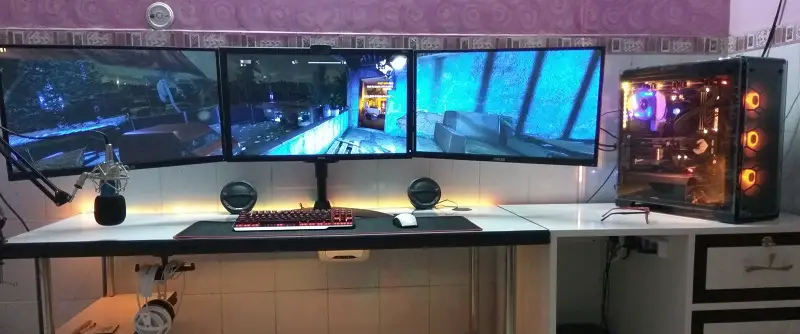
Not only graphics cards but motherboards can support multiple monitors too. Some motherboards have only 1 display output and if you are a content creator or a coder who uses motherboard output ports for display and needs to divide tasks on 2 or 3 different screens, then consider a board with more than 1 output ports that support multiple displays at the same time.
Do note that multiple displays are heavily dependent on the CPU you use. Most of the CPUs that don’t require a discrete GPU for display can support 2-3 monitors at the same time but those CPUs which mandatorily require a discrete GPU like Ryzen CPUs(APUs excluded) won’t give you any display without a graphics card.
When you need to overclock
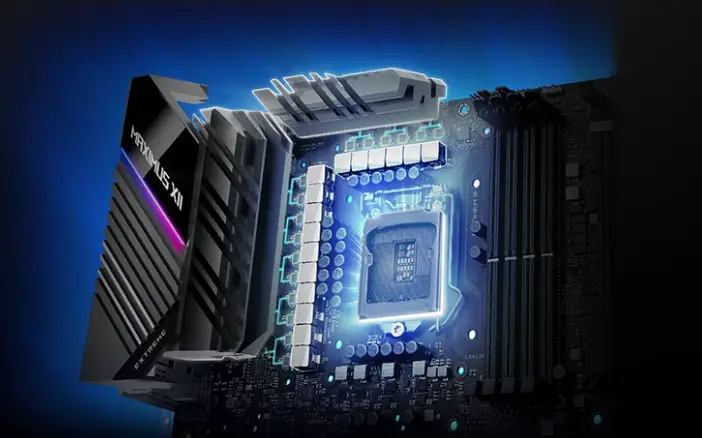
If you own a locked CPU, then there is no need to consider this point but if you already own an unlocked processor that is ready to be bumped up from its base frequency or are planning to buy one and you have a locked chipset on your motherboard, then you will need to buy a chipset that is made with overclocking support.
These unlocked chipset motherboards are more expensive than the locked ones as they have a strong VRM(Voltage Regulator Module that controls the voltage going to the CPU) and allow you to increase your CPU clock speed and voltages as you wish. This is a free way to increase the performance and most of the enthusiasts opt for an unlocked CPU with an unlocked chipset motherboard.
These chipsets are fewer than locked ones and from Intel, you will have Z97, Z170, Z270, Z370, Z390, and Z490 chipsets that allow overclocking while from AMD you will have B350, B450, B550, X370, X470, and X570 which are the most common chipsets people use today.
When you need more slots and ports
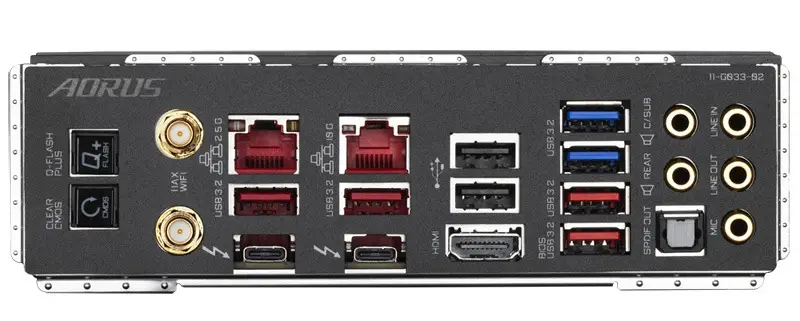
I don’t like motherboards with 4-5 USB ports at the I/O. I also hate the boards which have only 2x DIMMs and a few SATA and M.2 connectors. While a couple of ports might be ok for you, the increasing demand for peripherals has led the motherboard manufacturers to increase the ports and slots count on the motherboards. While you may be Ok with a board with only 4x SATA ports, but if it doesn’t have an M.2 connector for SATA/NVME SSDs or if you have 6-8 peripherals to connect but you are falling short of enough USB ports, then it is time that you do an upgrade.
Surely, you can use a USB hub for USB ports but you can’t put an M.2 connector or a PCI-E slot on your motherboard. Some people also need a lot of storage and you can’t deny the fact that despite SSD is one of the fastest drives for work, hard drives are still cheaper and a great way to store big data files. You may use a 4TB of hard drive, but the chances of getting it corrupt and losing a lot of data from a single drive are high. Therefore, it is recommended to use multiple 1TB or 2TB HDDs instead of two or three 4TB/6TB HDDs.
For this purpose, you might need more than 4 SATA ports which you can’t solder on the motherboard PCB if you have only 4.
When you need more cooling
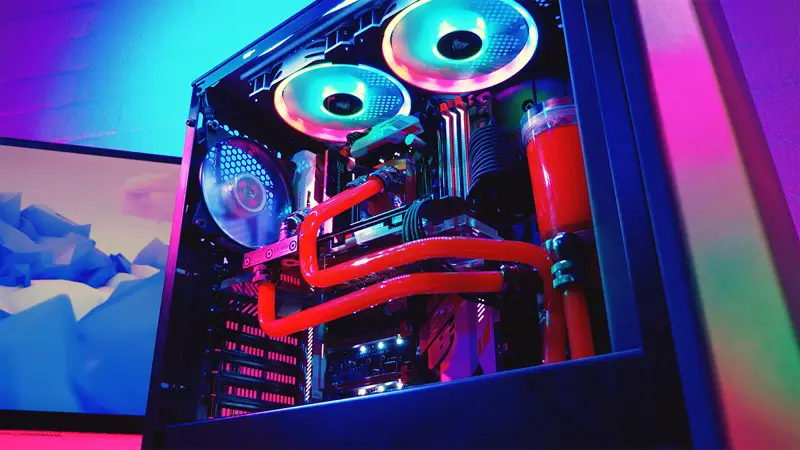
image courtesy: gearseekers.co
I have built multiple budget gaming PCs with micro-ATX motherboards that have a few fan headers. Generally, a low-profile motherboard has 2-3 fan headers at max, and cases with good airflow nowadays come with more than 3 fan slots, so if you want to create a good airflow inside your case, you will need at least 4-5 fan headers excluding the CPU fan header. Also, if you want to install a custom water cooling setup or an AIO cooler, then you will need AIO or pump headers.
When you need better component support(PCI Lanes)
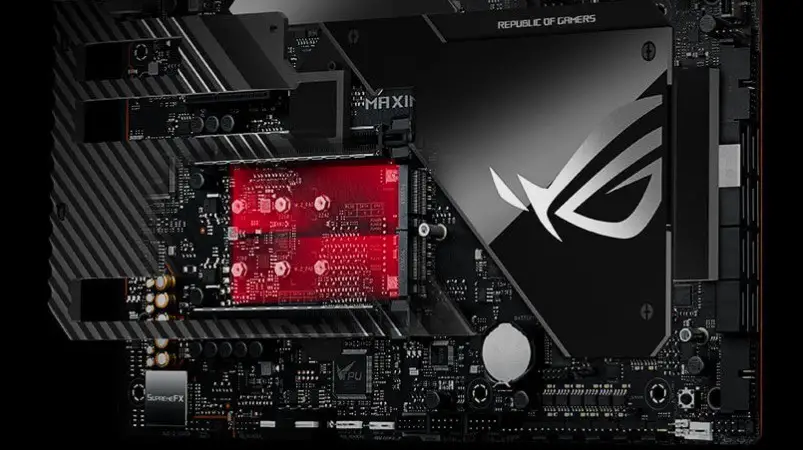
Different chipsets work differently for supporting the components and peripherals at the same time. You have to manually search for that but you must know about it before buying any motherboard. A motherboard may have multiple M.2 slots, PCI-E slots, and SATA ports but that doesn’t mean that you can fill all of them and they will work at the same time without any problem.
A motherboard has a fixed amount of PCI lanes from CPU and chipset. These lanes are fixed for each port/slot and the component you install in them work at a particular mode generally denoted by X1, X2, X4, X8, and X16. These modes can be downgraded if more and more components are installed at the same time and manufacturers provide the detail on the PCI lanes distribution which you should check on the official product page you are going to buy.
If you want to have a lot of SATA drives, M.2 SSDs, multiple graphics cards, etc., then you will have to buy a motherboard that has a chipset with support for all of these stuff at the same time. A higher-end chipset which is generally an overclockable one provides better support than a non-overclockable one.
Conclusion
While the above-stated list of reasons are the most obvious but isn’t limited to these. You can let me know what reasons do you think are most valid for upgrading a motherboard in the comments section below.









